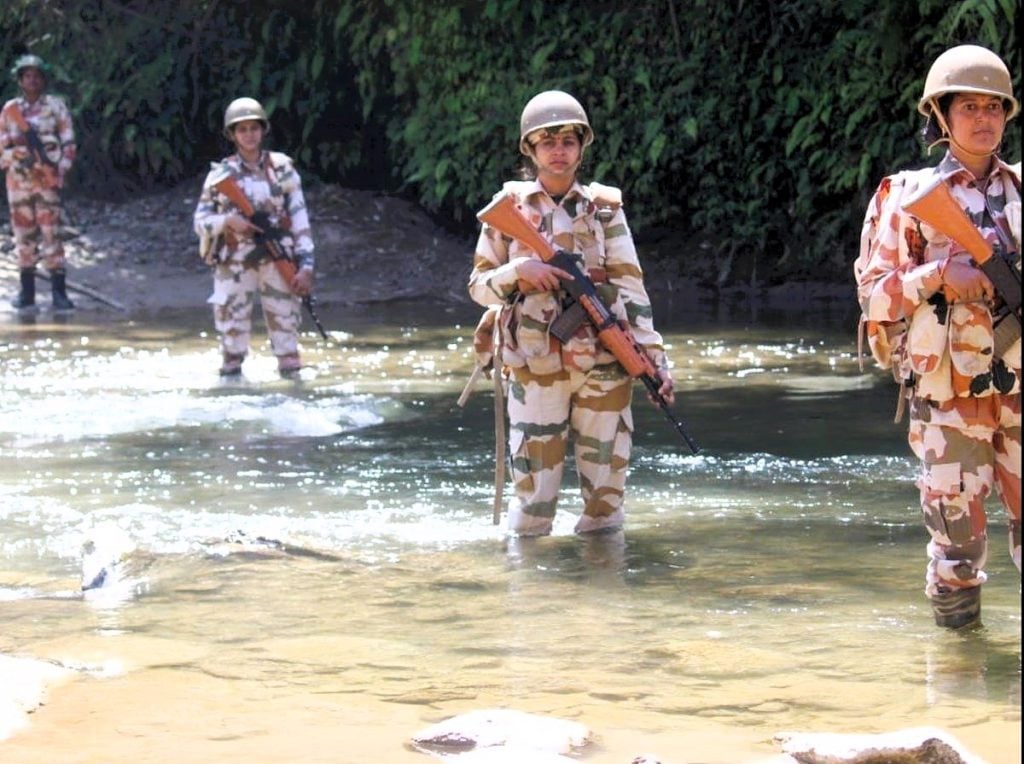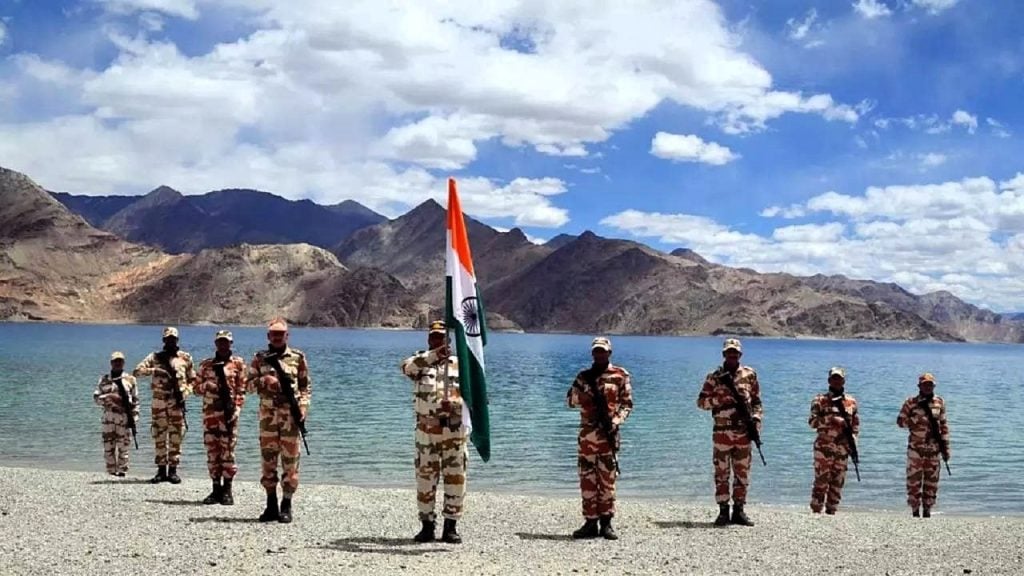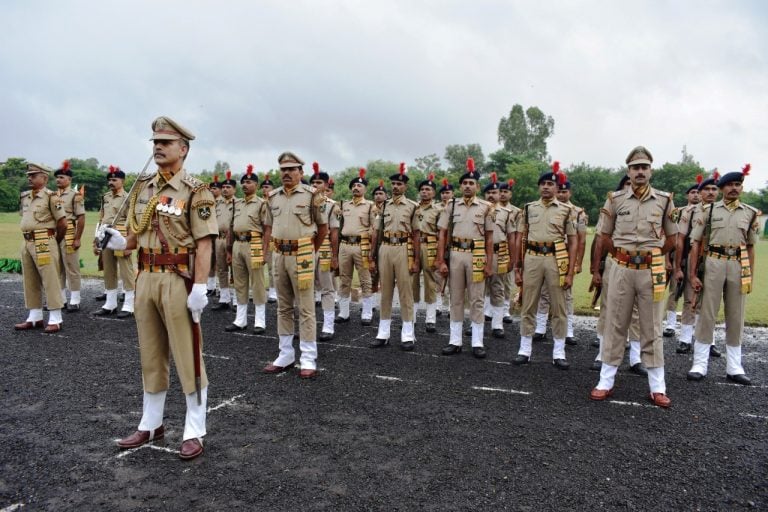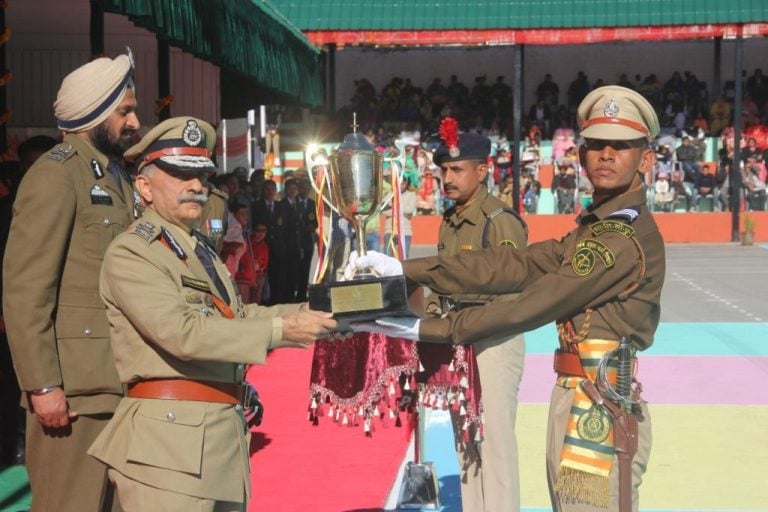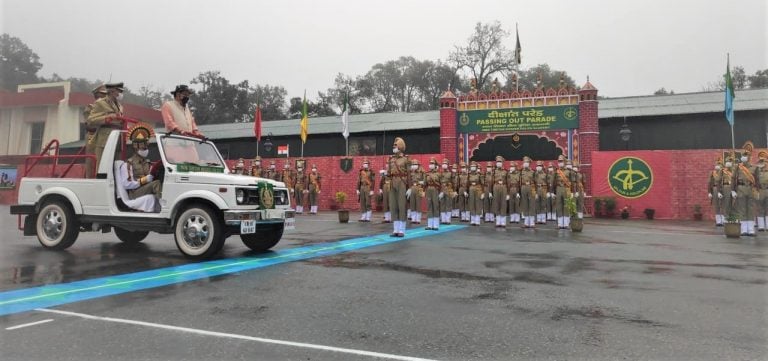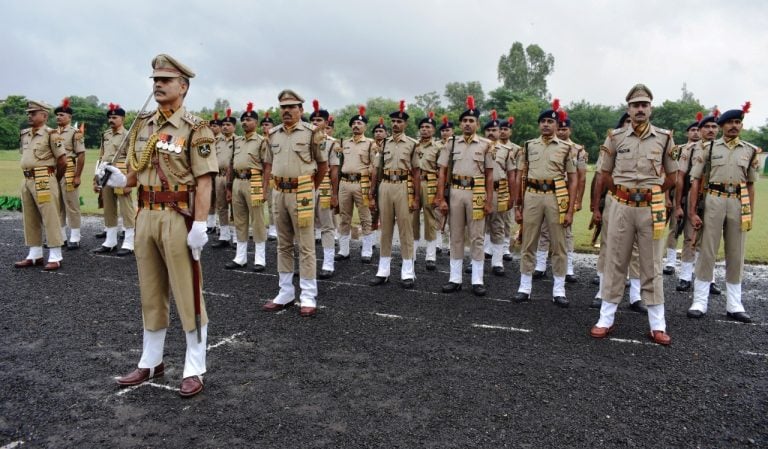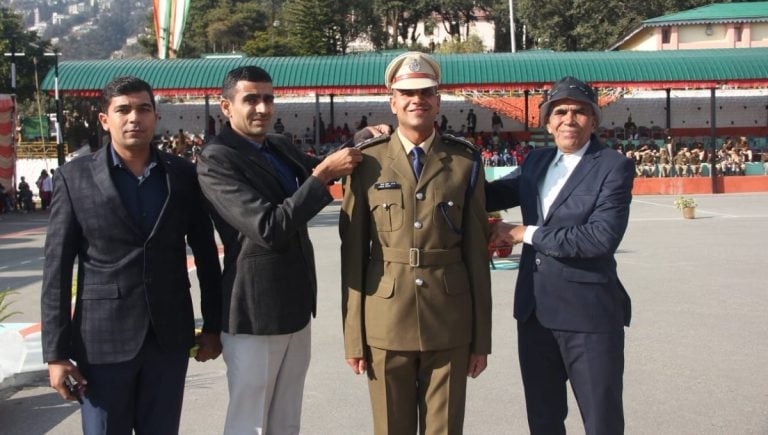The Indo-Tibetan Border Police (ITBP) is a pivotal component of India’s security apparatus, primarily tasked with safeguarding the nation’s borders in the challenging Himalayan terrain. Established in response to the growing military tensions between India and China, this central armed police force has evolved into a critical entity for national defense and internal security. In this comprehensive article, we will delve into the ITBP’s full form, its historical context, operational significance, and much more.
The full form of ITBP stands for Indo-Tibetan Border Police. Established on October 24, 1962, this force was created in the wake of the Sino-Indian conflict to bolster border security along the Himalayan frontiers. The ITBP is often referred to as “Himaveer” or “Snow Warriors,” a title that underscores the unique challenges its personnel face while operating in high-altitude regions.
Also Read | CAPF Medical Officer Selection Process, Check Physical Standards Male and Female
Key Responsibilities
- Border Security: The primary role of the ITBP is to secure the India-China border, which stretches approximately 3,488 kilometers from Ladakh to Arunachal Pradesh.
- Disaster Management: The ITBP is actively involved in rescue and relief operations during natural calamities such as earthquakes, floods, and avalanches.
- Internal Security: Beyond border security, the ITBP also plays a crucial role in maintaining internal law and order, especially in sensitive regions.
Operational Areas
The ITBP operates in some of the most inhospitable terrains, showcasing its resilience and adaptability. The force’s deployment ranges from the rugged mountains of Ladakh to the dense forests of Arunachal Pradesh.
A Brief History of ITBP
The inception of the Indo-Tibetan Border Police can be traced back to the aftermath of the 1962 Indo-China war. The necessity for a specialized force to monitor and secure the northern borders became evident as military tensions escalated.
Formation and Early Years
Initially, the ITBP began with four battalions and operated under the provisions of the Central Reserve Police Force (CRPF) Act. Its establishment marked a significant shift in India’s border security strategy, particularly in the Himalayan region.
Legislative Framework
In 1992, the Indian Parliament enacted the Indo-Tibetan Border Police Force Act, which provided a more structured framework for the ITBP’s operations. This legislation aimed to enhance the force’s effectiveness and accountability.
Key Milestones
- 2004: The ITBP took over the responsibilities of the Assam Rifles in Sikkim and Arunachal Pradesh, further solidifying its role along the India-China border.
- Disaster Response: The ITBP has consistently demonstrated its capability in disaster response, participating in various humanitarian missions that highlight its versatility beyond border security.
The Significance of ITBP
The Indo-Tibetan Border Police is not just a border security force; its significance extends to various dimensions of national security and public safety.
Border Vigilance
The ITBP is entrusted with the critical responsibility of maintaining vigilance over India’s northern borders. Its presence serves as a deterrent against illegal immigration, smuggling, and other trans-border crimes.
Internal Security
The ITBP also plays a vital role in internal security operations, especially in sensitive regions like Jammu and Kashmir. The force’s expertise in counter-insurgency operations has been instrumental in maintaining peace and order.
Protection of Key Installations
In addition to its primary duties, the ITBP provides security to essential governmental institutions and locations of national importance, such as:
- Rashtrapati Bhavan
- Vice President’s Bhavan
- Various sensitive establishments in Jammu and Kashmir
Also Read | CAPF Medical Officer Recruitment 2024, Apply Online for 345 Medical Officer Posts
ITBP Symbol and Motto
The insignia of the ITBP is a powerful representation of its core values and commitment to service. The emblem prominently features the Ashoka Chakra along with crossed rifles, signifying the force’s dedication to its duties.
Motto
The ITBP’s motto, “Shaurya – Dridhata – Karm Nishtha,” translates to “Valour, Determination, and Devotion to Duty.” This motto serves as a guiding principle for all personnel, inspiring them to prioritize their responsibilities above all else.
Training and Development
Training is a cornerstone of the ITBP’s operational effectiveness. The force has established several training centers across India to ensure that its personnel are well-equipped to handle diverse challenges.
Major Training Centers
- Basic Training Centre, Tiger Camp: Located in Uttarakhand, this is where new recruits undergo their foundational training.
- High Altitude Warfare School (HAWS): Situated in Gulmarg, this center specializes in training personnel for high-altitude combat scenarios.
- Indo-Tibetan Border Police Academy (ITBPA): Based in Chandigarh, this academy provides advanced training in various domains, including intelligence and forensic science.
Specialized Training Programs
The ITBP conducts rigorous training programs that include:
- Mountaineering
- Skiing
- Combat tactics
- Disaster management
These programs ensure that personnel are prepared for the unique challenges posed by the Himalayan environment.
Recruitment into ITBP
Joining the Indo-Tibetan Border Police is a prestigious endeavor for many aspiring candidates. The recruitment process is structured to identify individuals who possess the requisite skills and attributes to serve in this elite force.
Eligibility Criteria
Candidates must meet specific age, educational, and physical standards depending on the position they are applying for. Common posts include:
- Constable
- Head Constable
- Sub-Inspector
- Assistant Commandant
Recruitment Process
- Application: Interested candidates must keep an eye on recruitment notifications published on the official ITBP website.
- Physical Tests: Selected candidates undergo physical standard tests (PST) and physical efficiency tests (PET).
- Written Examination: Successful candidates then take a written exam tailored to their specific roles.
- Medical Examination: Candidates who clear the written exam must pass a medical examination before being selected for training.
ITBP Achievements
Over the years, the Indo-Tibetan Border Police has achieved numerous milestones that underscore its commitment to national security.
Key Operations
- 1971 India-Pakistan War: Two ITBP battalions were deployed to secure the Western Front.
- Anti-Terrorism Missions: The ITBP has played a significant role in counter-terrorism efforts in Punjab and Jammu and Kashmir during periods of heightened militancy.
- International Assignments: The ITBP has also provided security for Indian diplomatic missions abroad, including the Indian Embassy in Kabul.
Community Engagement
In addition to its core responsibilities, the ITBP engages in community outreach programs, fostering goodwill and cooperation with local populations in border areas.
The Future of ITBP
As geopolitical dynamics evolve, the role of the Indo-Tibetan Border Police is likely to expand further. The force is continuously adapting to meet new challenges, including technological advancements and changing security paradigms.
Modernization Efforts
The ITBP is investing in modern technology and equipment to enhance its operational capabilities. This includes:
- Advanced surveillance systems
- Improved communication technologies
- Enhanced mobility solutions for personnel
Strategic Importance
Given its strategic location and responsibilities, the ITBP will continue to be a critical player in India’s defense strategy, ensuring the nation’s territorial integrity and security.
Also Read | CISF Fireman Exam Date 2024, Check Syllabus, Salary and Admit Card
Conclusion
The Indo-Tibetan Border Police stands as a formidable guardian of India’s borders, embodying the spirit of valour and dedication. Its multifaceted role in national security, disaster management, and community engagement makes it an indispensable force in India’s defense landscape. As we move forward, the ITBP’s commitment to excellence and resilience will undoubtedly play a crucial role in safeguarding the nation’s sovereignty.
FAQs
1. What is the full form of ITBP?
The full form of ITBP is Indo-Tibetan Border Police.
2. When was the ITBP established?
The ITBP was established on October 24, 1962.
3. What are the primary responsibilities of the ITBP?
The ITBP is primarily responsible for securing the India-China border, disaster management, and maintaining internal security.
4. How can one join the ITBP?
Candidates can join the ITBP by meeting eligibility criteria and successfully passing selection tests, including physical, written, and medical examinations.
5. What is the motto of the ITBP?
The motto of the ITBP is “Shaurya – Dridhata – Karm Nishtha,” which translates to “Valour, Determination, and Devotion to Duty.”



